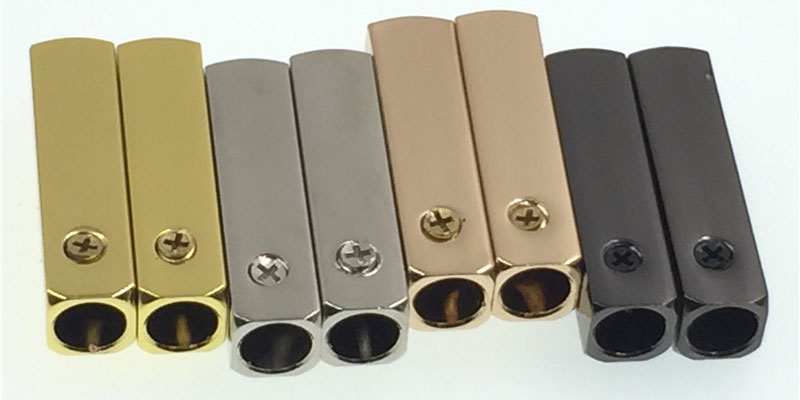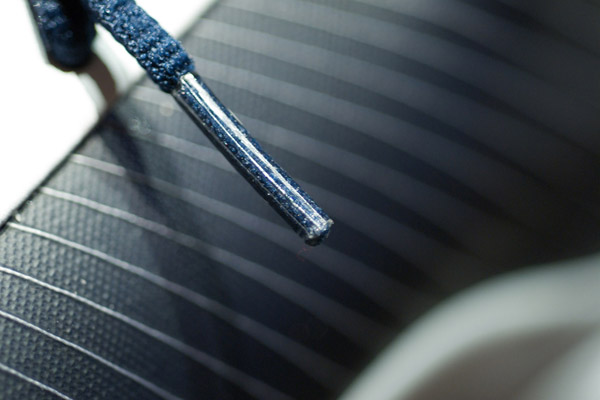What Is the End of a Shoelace Called?
Shoelaces are an essential component of footwear that help keep our shoes secure and comfortable. While most people are familiar with the basic concept of shoelaces, they may not be aware of the specific terminology used to describe different parts of a shoelace. In this article, we will explore the question, "What is the end of a shoelace called?" and provide an in-depth explanation of the term.
1. Understanding Shoelace Anatomy:
Before diving into the specific term for the end of a shoelace, it's important to understand the overall anatomy of a shoelace.
Shoelaces consist of two distinct parts: the lace itself and the end that facilitates lacing and untying.
The lace is the long, flexible material that is threaded through the eyelets of a shoe, while the end is the portion used to create a knot or secure the lace.

Shoelace end
2. Traditional Shoelace Ends:
Traditionally, shoelaces were designed with plastic or metal aglets at the ends.
These aglets served two purposes: to prevent the lace from fraying and to make it easier to thread the lace through the eyelets.
The aglets were typically cylindrical or cone-shaped and featured a small hole through which the lace was threaded.
3. Modern Shoelace Terminology:
In recent years, the term "aglet" has gained popularity as the commonly accepted term for the end of a shoelace.
However, it is important to note that the word "aglet" specifically refers to the plastic or metal sheath that encases the lace end.
The actual tip of the lace without the aglet is often referred to as the "lace end" or "lace tip."
4. Alternative Names:
While "aglet" and "lace end" are the most widely used terms, it's worth mentioning that different regions or communities may have their own unique names for the end of a shoelace.
Some alternate terms include "lace cap," "shoestring tip," or simply "lace tip." These terms may vary in popularity depending on geographical location or personal preference.
5. Importance of Shoelace Ends:
The ends of shoelaces may seem like a small and insignificant detail, but they play a crucial role in the functionality and durability of the laces.
Properly secured ends prevent fraying, making it easier to thread the laces through the eyelets and ensuring that they don't unravel over time.
Additionally, the presence of aglets or sturdy lace ends improves the overall aesthetics of the shoes.

Shoelace end
6. Maintenance and Repair:
Over time, shoelace ends may wear out or become damaged. When this happens, it is important to address the issue to maintain the functionality of your shoelaces.
In the case of frayed ends, reapplying plastic or metal aglets can help prevent further damage and extend the lifespan of the laces.
Alternatively, replacing the laces altogether with new ones is another viable option.
While the end of a shoelace may seem like a minor aspect, understanding its terminology and importance can enhance our knowledge of shoelace anatomy. The term "aglet" has become widely recognized as the specific name for the plastic or metal sheath encasing the lace end. However, variations such as "lace end" or "lace tip" are also commonly used. Regardless of the specific name, ensuring the integrity of the shoelace ends is essential for maintaining functionality and prolonging the lifespan of shoelaces.